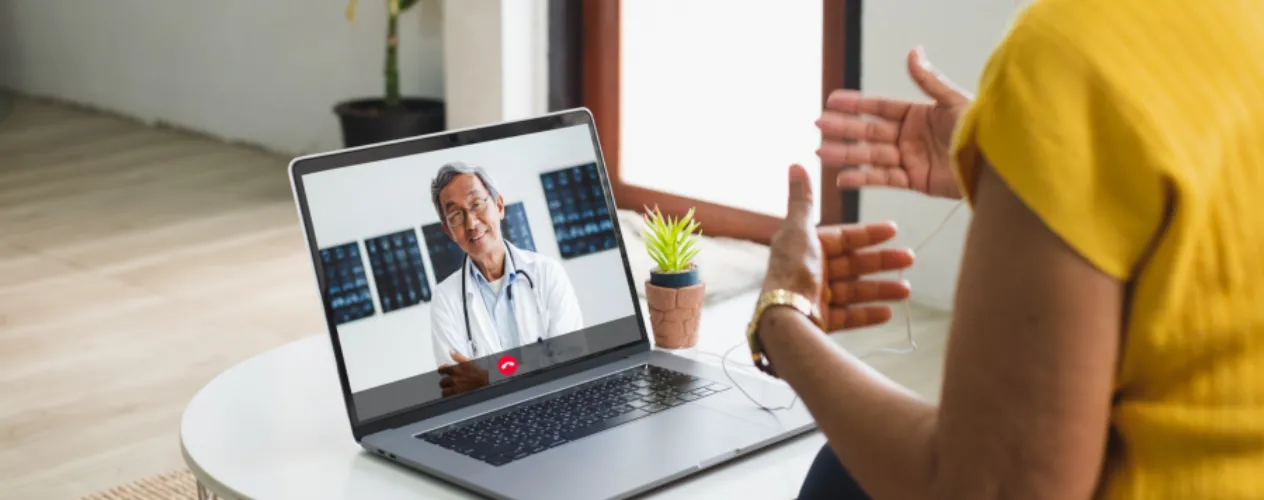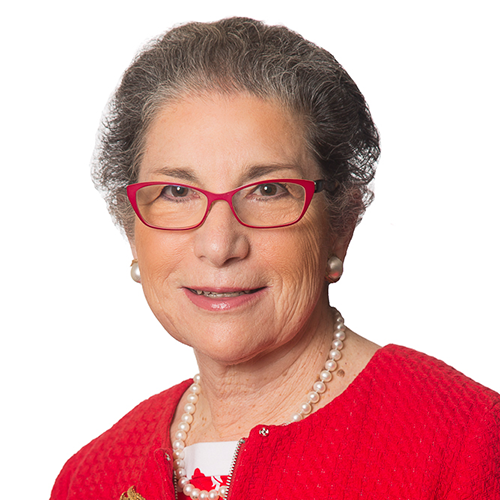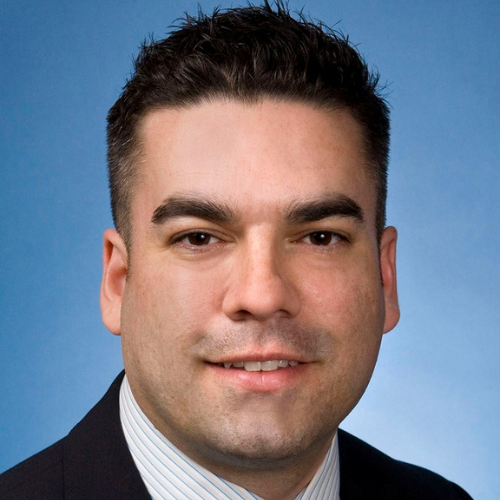Teleheath doctor visits rated favorably by patients during the pandemic
UCLA study led by Dr. Ron D. Hays finds patient experience with telehealth appointments as positive as traditional face-to-face meetings.

A survey of almost 60,000 Americans who had in-person or virtual telehealth appointments with a doctor in 2020 found that patients rated their experiences with virtual visits the same or even slightly better than seeing a doctor in person.
“We found that patient experience during the COVID-19 pandemic, which included a rapid increase in the use of telehealth, was at least as good as or better than that prior to the onset of the pandemic,” said Dr. Ron D. Hays, distinguished professor of medicine in the UCLA Division of General Internal Medicine and UCLA Fielding School of Public Health professor of health policy and management. “Our analysis provides further evidence that telehealth visits can result in positive patient experiences.”
The research article —“Patient Experience with In-Person and Telehealth Visits Before and During the COVID-19 Pandemic at a Large Integrated Health System in the United States” — was co-authored by Hays and Dr. Samuel A. Skootsky, with the Department of Medicine, David Geffen School of Medicine at UCLA, and published in the peer-reviewed Journal of General Internal Medicine.
In some cases, patients may actually prefer the virtual telehealth type of visit, Skootsky noted.
“The persistence of telehealth visits — even as total visits returned to normal in this health system — suggests that virtual care is addressing meaningful patient needs,” he said.
The researchers surveyed 58,509 adult patients in a large integrated health system on the West Coast of the United States, with 13,928 primary care and 44,581 specialty physician visits at 197 clinics. The study found that:
- Patient experience with telehealth visits was as positive as or more positive than that with traditional office-based visits.
- Doctor communication on televideo visits was viewed as slightly more positive than that of in-office or phone visits.
- Televideo visits were also slightly more positive than in-office visits for care coordination, overall rating of the doctor, and willingness to recommend to family and friends.
- Office staff were viewed less positively on the phone than televideo or in-office visits.
- Patient experience was similar before and during the COVID-19 pandemic (e.g., on a 0–100 possible range with a higher score being better, doctor communication was 94.4 before and 94.9 during).
The authors do have some caveats: Although participating patients were randomly selected to participate in the survey, their willingness to participate did involve self-selection. In addition, the overall response rate was only 28%.
However, given the pressure the pandemic has put on both the public and the healthcare system, especially in 2020 before vaccines were widely available, the results suggest findings that are worth consideration for healthcare planning, even outside of the crisis, the authors said.
“Access to care may have been particularly important to patients during this study period, before widespread vaccination of the public began,” Skootsky said. “In addition, and perhaps paradoxically, we found that doctor communication and global ratings of the doctor were slightly better for televideo visits. This may reflect a more focused and intimate experience of care.”
The research also suggests that telehealth may be an especially useful method for increasing access to medical care for underserved or geographically isolated populations, Hays said.
“Telehealth is often promoted to increase access to care, and these results suggest that offering telehealth services to patients as part of an overall care model is well received by patients,” Hays said. “We believe that government and commercial health plans should continue to both allow and embrace telehealth services – if delivered thoughtfully, they can get better care to more people, and quite possibly – at lower costs, to the healthcare system and the patients.”
Methods: The Consumer Assessment of Healthcare Providers and Systems (CAHPS®) Clinician and Group Survey 3.0 was administered using mixed mode (interactive voice response, phone, and web) to 58,509 adult patients in a large integrated health system on the west coast of the United States, with 13,928 primary care and 44,581 specialty physician visits at 197 clinics.
Questions assessed doctor communication, care coordination, access, and office staff; a 0–10 overall rating of the doctor; and a question about whether the patient would recommend the doctor to family and friends. Each item was coded on a 0–100 possible range, with a higher score representing better patient experience. All scores are on the same 0–100 possible range.
Funding: This work was supported by a cooperative agreement from the Agency for Healthcare Research and Quality (U18 HS025920). The assistance of the UCLA Health Office of Health Informatics and Analytics is greatly appreciated.
Citation: Hays, R.D., Skootsky, S.A. “Patient Experience with In-Person and Telehealth Visits Before and During the COVID-19 Pandemic at a Large Integrated Health System in the United States.” Journal of General Internal Medicine. https://doi.org/10.1007/s11606-021-07196-4
The UCLA Fielding School of Public Health, founded in 1961, is dedicated to enhancing the public's health by conducting innovative research, training future leaders and health professionals from diverse backgrounds, translating research into policy and practice, and serving our local communities and the communities of the nation and the world. The school has 761 students from 26 nations engaged in carrying out the vision of building healthy futures in greater Los Angeles, California, the nation and the world.
Faculty Referenced by this Article

EMPH Academic Program Director with expertise in healthcare marketing, finance, and reproductive health policy, teaching in the EMPH, MPH, MHA program

Professor of Community Health Sciences & Health Policy and Management, and Associate Dean for Research
Nationally recognized health services researcher and sociomedical scientist with 25+ years' experience in effectiveness and implementation research.

Dr. Ron Andersen is the Wasserman Professor Emeritus in the UCLA Departments of Health Policy and Management.

Dr. Michelle S. Keller is a health services researcher whose research focuses on the use and prescribing of high-risk medications.




































































